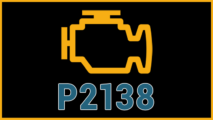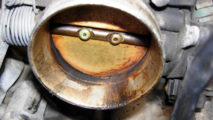Last Updated on December 5, 2022
Today’s vehicles are designed to operate in the most efficient manner possible, making the most out of each combustion cycle. This is accomplished through the monitoring of engine-related data, by a dedicated engine computer, known as an ECM.
This computer relies upon feedback from various sensors when determining appropriate fuel trims and throttle plate positioning. These sensors are calibrated to reflect a number of operating values, including those which correspond to post-combustion oxygen densities.
While sensors of this nature tend to be relatively hardy, they are susceptible to the occasional issue. When this occurs, a diagnostic trouble code is typically logged, illuminating a vehicle’s check engine light in the process.
One such sensor-related DTC is P0131, which commonly accompanies irregular 02 sensor feedback. Read on to learn more about DTC P0131, as well as how to remedy such a condition should it present itself in the future.
What Does Code P0131 Mean?
DTC P0131 indicates a relative loss of rational feedback from a vehicle’s #1 O2 sensor, in relation to engine bank 1. This is also known as a vehicle’s air/fuel sensor. Data from this sensor is used by a vehicle’s ECM/PCM to determine the appropriate air/fuel ratio for efficient operation.
Therefore, the presence of DTC P0131 eludes to a #1 oxygen sensor (bank 1) fault. Simply put, the affected vehicle’s ECU/ECM/PCM has received sensor feedback that is either irrational or well outside of the normal operating range. As such, operating logic causes an engine’s management software to reject such data.
To overcome any limitations that this poses, an engine begins operating in failsafe mode, substituting preprogrammed data for any sensor feedback that has been deemed suspect. These parameters allow an engine to continue functioning, albeit in a less than optimal manner. In many cases, a loss in fuel efficiency will become evident.
See Also: P0130 Code, P0132 Code, P0133 Code, P0134 Code, P0137 Code, P0138 Code, P0160 Code, P2A00 Code
Symptoms of Code P0131
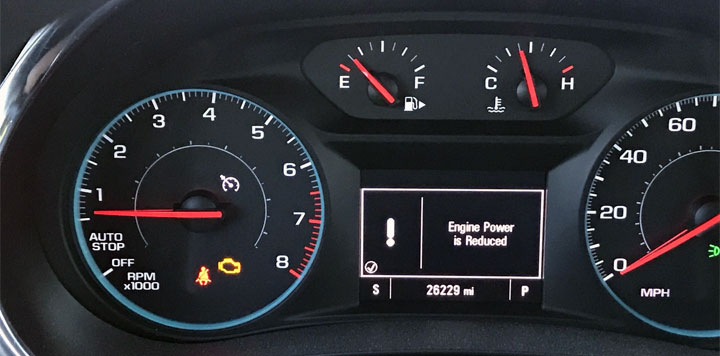
There are a number of additional symptoms that often accompany the onset of DTC P0131. However, these symptoms often differ on a case-by-case basis.
The following are several of the most common symptoms associated with diagnostic trouble code P0131.
- Check engine light
- Poor fuel economy
- Rough or erratic idle
- Hesitation or stuttering during acceleration
- Intermittent stalling
- Starting difficulties
Causes of Code P0131
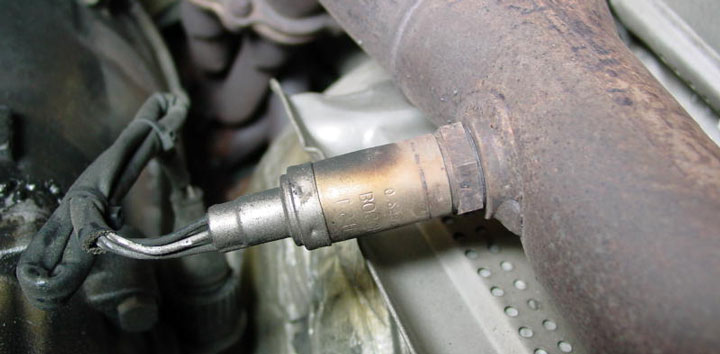
Diagnostic trouble code P0131 can be caused by several potential issues. These issues typically affect one or more of a vehicle’s O2 sensors or connected circuits.
The following are several of the most common causes of DTC P0131.
- Faulty O2 sensor
- Open or shorted O2 sensor circuit
- Damaged or loose O2 sensor connector
- Exhaust/intake leaks
- Defective engine coolant temperature sensor
- ECM issues
Is Code P0131 Serious?
Diagnostic trouble code P0131 is generally regarded as being quite serious in nature. This is due to the fact that code P0131 can ultimately cause stalling and other severe driveability issues. Therefore, an unaddressed condition of this type can leave a driver stranded, possibly within the flow of traffic.
In any event, DTC P0131 should be taken seriously, and should be addressed as soon as possible. If you do not feel comfortable diagnosing and repairing such an issue yourself, an appointment should be made with a trusted service center of your choice, at the first available opportunity.
How to Fix Code P0131
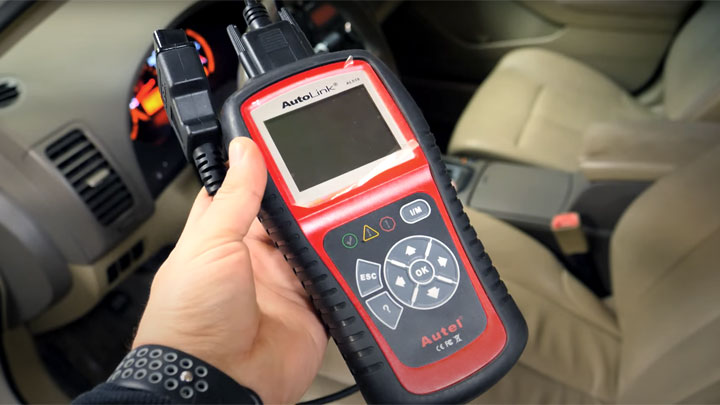
The following steps can be used to assist you in diagnosing and remedying the root cause of your vehicle’s P0131 trouble code. As always, consult factory-specific service literature for your particular vehicle, before tackling any repairs of this nature.
#1 – Check For Presence Of Additional Codes
Prior to beginning the diagnostic process, it is important to check for the presence of additional trouble codes. Any active DTCs should be thoroughly diagnosed remedied prior to continuing.
#2 – Perform Visual Inspection
You should now carefully inspect the affected O2 sensor for signs of damage. Additionally, all wiring and circuit wiring pertaining to this sensor should also be inspected thoroughly.
Damage to the #1 (bank 1) O2 sensor would warrant immediate replacement, while all wiring decay should also be remedied in accordance with industry standards.
#3 – Check Freeze Frame Data
If no sensor or circuit damage is evident upon inspection, one should analyze freeze frame data connected to the diagnostic trouble code in question. This data will better outline the conditions under which DTC P0131 is set.
#4 – Clear DTC/Replicate Conditions
With the use of a quality scan tool, you will now clear DTC P0131. Once this code is cleared, a thorough test drive will be in order.
During this test drive, it is important to replicate the conditions captured in the freeze frame data reviewed in step #3, as accurately as possible. Upon replicating these conditions, check to see if an active P0131 trouble code has been stored.
#5 – Verify Sensor Signal
If an active P0131 DTC was stored during step #4, one should proceed by verifying that the #1 (bank 1) O2 sensor’s voltage and resistance are within specification.
One can compare their findings to actual service literature provided by their vehicle’s manufacturer. Care should be taken to log any outliers within this chain of data.
#6 – Check Coolant Temperature Sensor Values
In certain cases, a faulty coolant temperature sensor reading can cause a P0131 DTC to be set. Therefore, it is important to verify that all coolant temperature sensor readings are within specification, in relation to factory-stated values.
#7 – Replace O2 Sensor (If Faulty)
At this point in the diagnostic process, one should replace their vehicle’s O2 sensor, if the sensor’s feedback has proved irrational, and all coolant temperature sensor data has been within specification.
#8 – Replace ECM/PCM If Necessary
If testing has shown an engine’s O2 sensor and coolant temperature sensor data to be within specification, one can conclude that the vehicle’s ECM/PCM is experiencing issues of one type or another.
If all other associated values are consistent with those specified by the manufacturer, ECM/PCM replacement is warranted. If in doubt, reference relevant factory-specific service literature for your specific vehicle.


